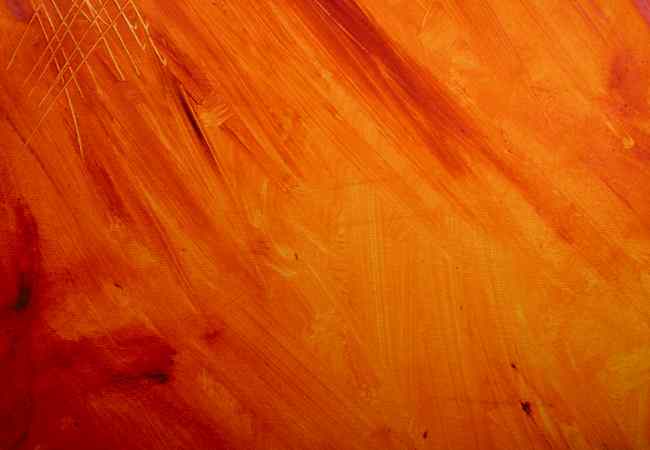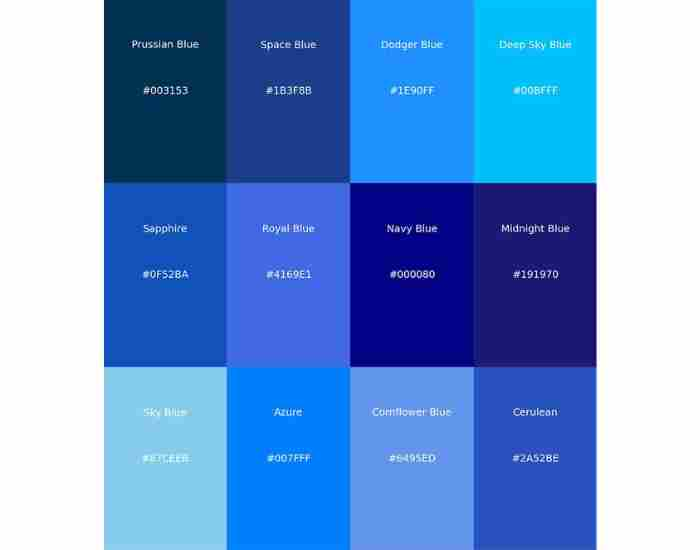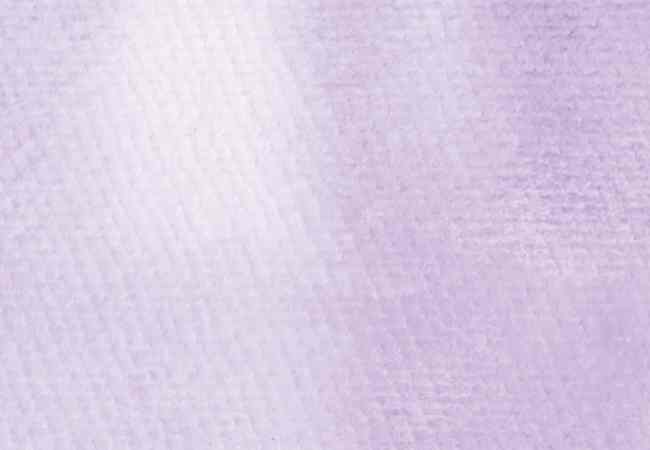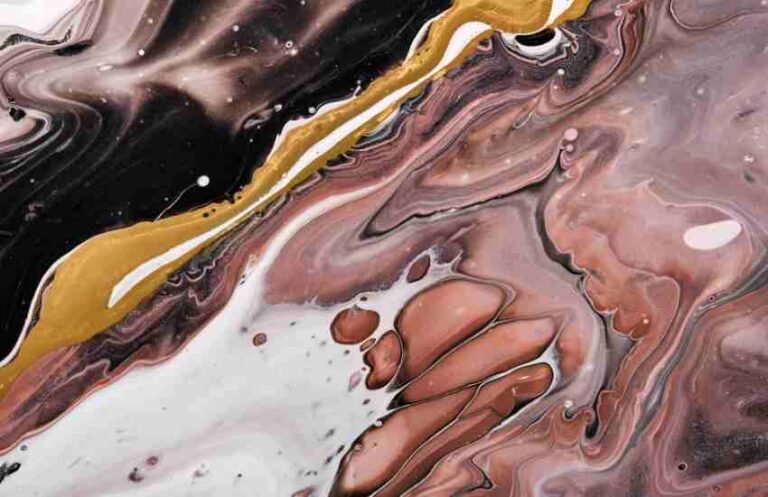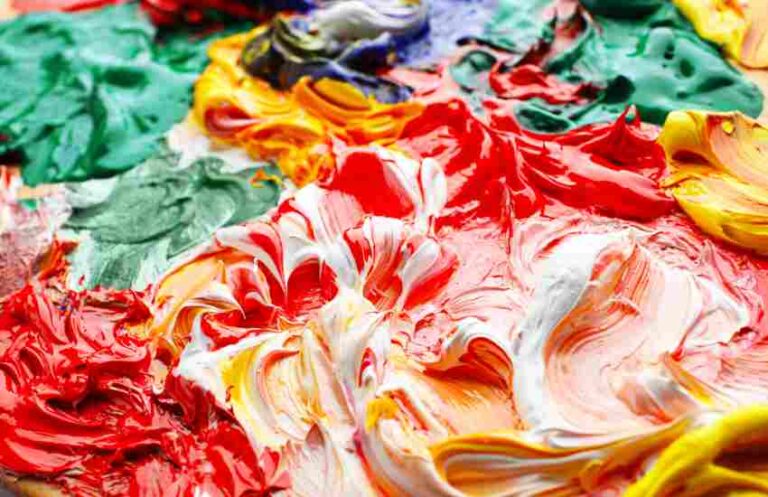As a strong supporter of the benefits of interior design as well as an avid travel lover, I have always been curious to find the sweet spot between the two and that is how I did it, through colors. Picture this, you walk into a room that has been painted blue or green, not excessively but in moderation, what do you feel? Relaxation is most likely the right answer. Now imagine walking into a room that has been filled with the colors orange, red, and yellow. Not only the walls but the entire room is sizzling with the energy of the sun. This was my first ‘in your face’ experience of how profoundly vital the effect of color in any given room is. It’s not just ‘looks’, it’s a complete contrast in terms of perceived temperature as well as the feeling towards the specific room, and all you have to do is wear a warm or cool color garment.
Grasping the difference between warm and cool colors goes beyond artistic differences, it is relevant to every day’s use: today’s fashion, today’s home environment, etc. But colors go beyond just decorating a space, they instill emotions, perceptions, and even alter the experience of being in that particular space. To elaborate, warm colors have the ability to transform a large room into something small and inviting, whereas cool colors have contradictory effects.
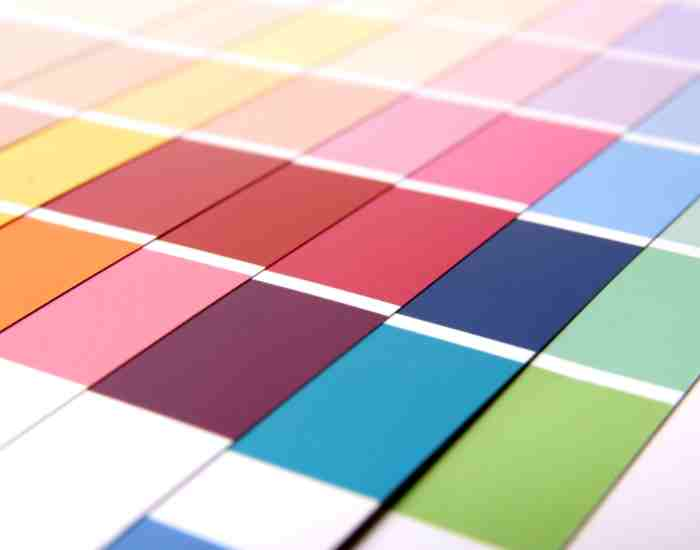
This blog post is meant to explore the meaning of warm and cool colors. It entails comprehending how to identify them, how they relate to color theory and design, and how warm and cool colors impact us psychologically. By combining my personal life experiences with academic research, I hope to give you a fresh perspective regarding colors, owing to which you shall always have a unique way of looking at colors.
What are warm and cool colors?
Anyone venturing into the realms of warm colors and cool colors should certainly understand the color wheel, a basic concept in color theory that has been applied by artists and designers for ages. This wheel not only organizes colors according to their hue but also splits them into warm and cool segments, every segment having its specific temperature and bias. Shades of red, orange, and yellow, among others of the same category, are regarded as ‘warm’ colors. They invoke warmth and energy, which is comparable to the rays of the sun and the flames of a fire. The opposite end of the spectrum possess cool colors – blue, green, purple – which imply calmness and aloofness, not unlike water, skies, and plants.
Our eyes perceive these colors through the light they reflect, and this perception greatly affects our mind and mood, which is an interesting branch of science known as color psychology. For example, the color temperature of a particular space can alter one’s impressions of the volume and mood of the space. As it is known, warm colors are good for stimulating talks and appetites and are therefore perfect for dining rooms and kitchens, whereas cool colors are preferred for bedrooms and offices as they help create a relaxed and concentrated environment.
Examples of warm colors
When discussing color spectrums, the warm red, orange, and yellow are quintessential examples of warm-colored hues. Invariably, these colors are connected with elements naturally found in the universe that provide warmth, such as the sun and fire, and thus they instill the feeling of comfort, passion, and life. I can remember myself visiting a hyatt cafe with walls and decor painted in warm reds and oranges, where the environment was so vibrant that conversations were rampant among coffee lovers. The same goes for art; for example, a beautiful painting dominated by warm yellows can brighten up the most dull space by radiating positivity and creativity, proving that warm colors have a great influence on the mood of people and the temperature of the surrounding space.
Cool color examples
On the other side of the spectrum, colors such as deep blue or turquoise, green, and hues of purple are associated with vegetation, water, the sky. Those shades, colors, and hues create calmness and allow the spaces to be cooler and wider. For instance, a bedroom with light blue and green paint on the walls allows a person to rest or sleep comfortably after a long day. The piece of art conveying a message by using a cooler palette can encourage viewers to visualize a simpler scene, proving the wide and powerful effect those colors have over an individual’s mind and the particular field.
The Colors’ Psychological Effects
The ability of warm and cool color schemes to generate different feelings should be explained based on color psychology. To start off, warm colors, including red, orange yellow and many others, have an effect of emotional response that ranges from aggression and rage feelings to those of kindness and calmness. The psychological ramifications of warm colors are intimidating; they can elevate one’s state of activity, promote interaction between people, and increase even increase a person’s level of hunger. An instance in this regard is when research discovered that there is an enhancement of enjoyment of meals as well as more talkativeness during a meal setting when the dining room has been painted warm shades.
Cool colors include blue and green as well as purple and are usually associated with calmness, serenity, and even sadness at times. It is common to find these colors painted on walls that are either meant for relaxation or meditation. Looking at my own experiences and many other interior design and art studies, cool colors work well in the bedroom, bathroom, and spaces where people go to get a break or relieve stress as they are known to calm the nerves and decrease blood pressure.
Warm and Cool Colors in Design and Art
Incorporating warm colors into design projects requires a nuanced understanding of the emotions and energies these colors bring into spaces. In this section, we provide some tips for the effective use of warm colors: Here are some tips for warm colors:
- Balance it. Too much of warmness could be overwhelming, stripe down the warm colors with neutral or cool shades to balance the area.
- Concentrate on action areas: Place warmer hues in the social areas such as the living room and rooms with a kitchen to promote welcome and warmer spaces.
- Use with light: And warm colors definitely have a synergy with the sun, brightening up during the day.
Iconic pieces of art or even rooms and houses have been designed using warm colors to initiate attraction and strong feelings. The interior designer Pierre Koenig once said, “No shoes, no shirt, no problem. Only in Van Gogh’s works constructs a cozy but considering lifeless room. That’s Thanks to red’s and yellow’s ability to evoke a range of emotions depending on the context.
Using cool colors in design
Cool colors are beautiful and quite effective when used in design projects as they help the transformation of space into calm sanctuaries or professional environments. Take a look at some of these tips:
- Calming retreat. The cool colors are suitable for bedrooms, bathrooms, and any other areas where relaxation is a priority. These hues can be used with gentle fabrics or the outdoors to strengthen the peaceful mood.
- Professional and clean: In offices and clinics where productivity is vital but there is little room for chaos, the use of cool colors is effective in helping maintain efficiency and calm.
- Layer with texture: Not to make spaces that are decorated in cool colours from looking too one dimensional and lifeless, different textures and materials are to be added and varied.
Cool blue, green and purple colours featured in art often create the calm and spacious feeling. An outstanding example is offered by Claude Monet’s ‘Water Lilies’ series which convincingly demonstrates the peaceful and meditative qualities of these colours and their visual representations in art while at the same time showing the striking psychological effects such cooler shades can have.
Identifying Key Features of Warm and Cool Colors
Learning how to differentiate between warm and cool colors is essential in art, design and in the everyday visual context. In order to help you out, here’s a quick guide to identify them:
- Use the Color Wheel: The color wheel will always be your best friend when it comes to color relationships. Two key pairs of these families are warm colors (red, orange, yellow) and cool colors (blue, green, purple). The wheel is a visual tool that helps show the division between warm colors and cool hues.
- Learn about Paint Color temperature: Color of paint temperature is known or perceived to be hot or cold, the temperature associated with colors also changes whether the color is hot or cold. Warm colors are yellow, red and orange which represent warmth and hotness because they remind us of the sun and fire. Cool colors include purple, blue and green which are usually associated with water, the sky and foliage and remind one of calmness and refreshment.
Think about surrounding space and lighting. Colors may play differently depending on what context or light you are using. For instance, on a sunny day, a yellow wall will come off as warm and bright, whereas, on a cloudy day, it may seem quite dull. Light will also affect the color temperature, which means you have to keep your environment in mind before finalizing the colors.
Practice Observation: In the practical aspect, start with observing your environment and reflect on how you feel with respect to various colors. This real world experience will definitely help you in more quickly and intuitively identifying warm and cool colors.
Mixing Warm and Cool Colors: Best Practices
When warm and cool color palettes are combined the outcome can be enticing however, it may be difficult to achieve it. Here are strategies for successful mixing:
- Look for Wholeness: Whenever mixing warm and cool colors, look for the right proportions. Using a mix that has too much of one color will lead to the other color being suppressed resulting in visual conflict. Use a mix that feels balanced and use neutral colors to settle the transition between cooler and warmer colors.
- Apply Color Temperature and Hue Bias: All the colors in the wheel are not the same. They have either warm or cool temperature and some have a bias towards another color. For example, if a red is cool, it may have a purple hue bias making it align better with cooler colors. Utilizing these effects can help achieve more intricate color palettes.
- Generate Center Stages: Use color temperatures that are contrary to the other when creating centerpieces for your design. Having a warm color in a room that is mostly cool will bring in some interest and vice versa.
- Consider the emotional impact: warm and cool colors can evoke different emotions and atmospheres. Mixing them allows you to intentionally influence the mood of your space or design. For instance, a mixture of blue and yellow creates a perfect environment that is at the same time energizing and soothing.
Examples from Painting and Interior Design:
In painting, when Turner wanted people to shift their attention away from a dull sky, he combined pale blue with a more engaging warm orange color during dusk, thus making the painting more engaging emotionally and from the perspective of depth.
In interior design, combining light blue walls with golden wooden furniture and leather couches makes a room to be very comfortable and look sophisticated.
FAQs:
What are warm and cool colors?
Warm colors are the opposite of cool colors. They include shades of red, orange and yellow which are often associated with energy and warmth. In comparison, cool colors are mostly green, blue and purple which symbolize calmness. The two groups are determined by their position on the color wheel and perceived temperature.
How To Decide Between Cool and Warm Colors For A Design Project?
When selecting warm or cool colors, it is essential to bear in mind the mood and surround an individual intends to achieve. Utilizing these colors creates distinct atmospheres at different times. Warm colors can be useful in areas where energy level, passion and socialization engagement is required, while cool colors are perfect for areas where peace, concentration and self-reflection is required. Take into account the aim and aspect of the project, as well as how this project is to make the target audience feel.
Is it possible to combine warm with cool to achieve a harmonious blend? How will that be achieved?
Yes, warm and cool shades can be used in equal dominance, which blends in design really well. However, it may depend on what effect you are trying to produce for your audience There is a certain technique that needs to be followed, the key of course is finding equilibrium and variation of the two shades, warm with the cool. Use One color in the majority with the other as a neutral accent shade or combine the two in equal quantities. Depending on the aim when blender the two color shades you can always relate it back to the context of the project.
What do warmth and coolness and color perception have in common with lighting?
Warming and cooling colors have a profound interrelation with light. Natural light can accentuating warm colors and calm cool colors while the use of artifice light sources can lower or heighten the color temperature of a space. When choosing and combining colors in a project, also consider direction, intensity, and color temperature of light that surrounds the artwork, since these factors can affect the impression and expectation from it.
Conclusion
To conclude, warm and cool colors could be categorized as some of the most dominating factors in mother color theory, design and art that exerts strong effect on our feelings, vision and eventual experience. Knowing what warm and cool colors are, makes it possible to shape a better sound, image, and in some cases a feeling. Take it in your hand and begin your creative work, and don’t be afraid to use warm and cool colors as they are able to change you and your projects forever. You can also share your impressions with people, because the world of endless color possibilities is out there to be explored.
More Post
- How to Mix Fall Landscape Colors: A Comprehensive Guide to Painting Your Garden with Autumn Hues
- The Enigmatic Spectrum: The Black and White of Acrylic Paint
- What is the Difference Between Tints, Tones, Shades, and Hues?
- How to Mix Different Shades of Purple Paint Color?
- How to Mix Different Shades of Blue Paint Colors?

